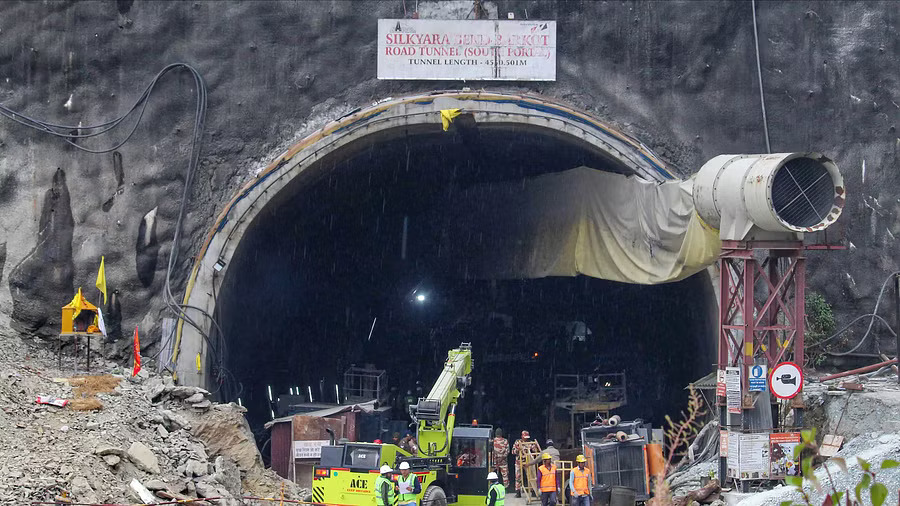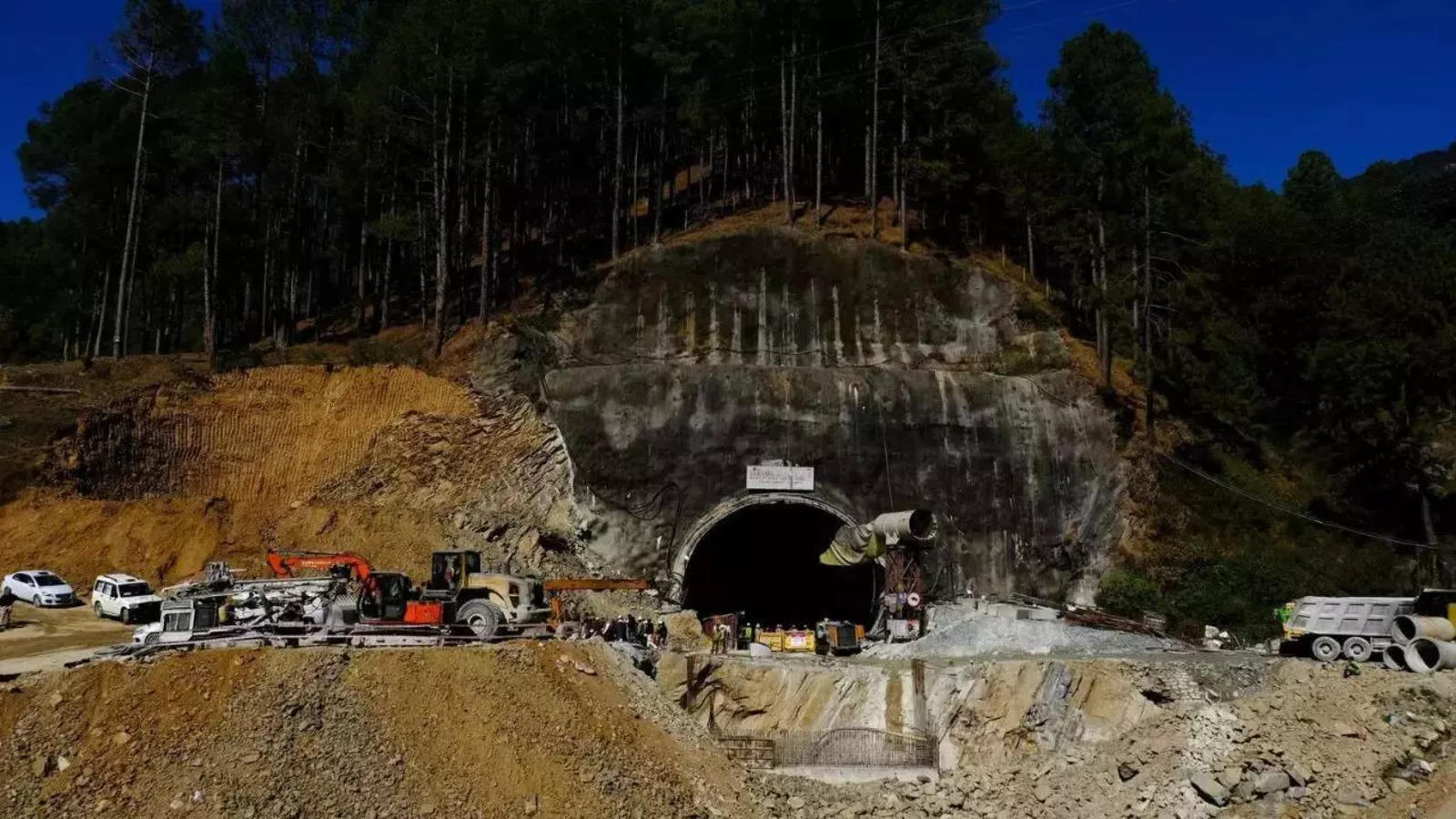Beyond Brick and Mortar: Civil Engineering That Saves Lives

When we gaze at the Pyramids of Egypt or marvel at the melancholic beauty of Tajmahal, do we ever think about the brains behind these wonders? Yes, it is civil engineering that gifted these wonders to us. Even when we built our very first mud house in Harappa or Mohenjo-daro, we were already applying the principles of civil engineering, though unknowingly. Civil engineering has been an integral part of our society since time immemorial.
Fast forward to the world we live in today, countries like Japan stand at the pinnacle of civil engineering brilliance. Whether it’s Japan’ post-war reconstruction or earthquake-resistant constructions, the magic of civil engineering is ingrained in every brick and mortar. Thus, the country bounced back swiftly from all the disasters that hit and destroyed it beyond repair.
Civil engineering stands at the forefront when disaster hits the world
Whether it is natural or man-made, disasters have been a part and parcel of the challenges our world encounters. Saving lives and reconstructing infrastructure are the main challenges in front of governments. This is where civil engineering steps in and plays its part.
With the innovations and the availability of cutting-edge technologies, civil engineering plays a crucial role in disaster management. We have recently witnessed one such awe-inspiring prowess of civil engineering when 41 lives were trapped in a tunnel in Uttarakhand. The rescue operation stands as a testament to human resilience and civil engineering brilliance. In this blog, let’s talk about the role of civil engineering in that rescue mission.
The Uttarakhand tunnel rescue mission

It was a daunting task to save the 41 lives trapped in the partially collapsed tunnel. The operation needed the power of teamwork. The government agencies and other stakeholders joined hands and started work in tandem.
As the rescue operation gained momentum, a five-point blueprint for the mission emerged. Each point showcased the prowess of civil engineering in providing solutions for any complex challenges. Let’s glance over those five points.
The team deployed an American boring machine, with cutting-edge technology for horizontal boring.
2. Digging a 1.2 m wide vertical holeIt was a process that demanded structural stability. From above the tunnel, workers dug a vertical hole above the tunnel.
3. Horizontal micro-drilling for escape tunnelRelied on horizontal micro-drilling from the left to build an escape tunnel. It was 1.2 meters wide and 168 meters long.
4. Construction of rescue tunnel from Barkot endThe team constructed a rescue tunnel from Barkot's end through conventional drill and blast methods.
5. ONGC's vertical tunnelONGC created another vertical tunnel to give impetus to the rescue operations.
When they conquered challenges with rat-hole mining
Manual mining is one of the several facets of civil engineering that addresses specific challenges. Engineers rely on manual mining in situations where tunneling demands hands-on methods. Inthis method, workers dig narrow tunnels using hand-held tools. In Uttarakhand, the debris from the collapse was huge, and that posed a significant challenge to the team. Hence, after thorough contemplation and planning, they opted for the manual mining method. As a result, they established channels for providing food and essential supplies for the trapped lives.
The triumph of engineering

The Uttarakhand tunnel rescue operation stands as the epitome of indomitable spirit and meticulous planning. Besides, civil engineering, with its enormous potential brought innovative techniques to the table. Engineers rose to the occasion by finding solutions and techniques whenever the situation demanded. It paved the way for navigating through all the roadblocks.
Moreover, the collaborative efforts between people, workers, civil engineers, and government made the rescue mission a success story. The Uttarakhand episode shows the potential of civil engineering to innovate and create solutions when a disaster hits the world.
Conclusion
Along with other stakeholders, civil engineers are at the front line during disasters. They play pivotal roles in immediate response activities. They conduct prompt structural assessments and take steps for recovery and reconstruction. As civil engineering embraces innovative approaches and cutting-edge technologies, it holds tremendous potential for disaster management.
The role of civil engineers in immediate response activities is worth praising. They respond with swift and decisive actions. Similarly, they collaborate with various stakeholders to bring the desired result. That is what happened in Uttarakhand. They tirelessly worked in tandem with government agencies and local communities. In conclusion, civil engineering is indispensable in managing disasters and saving lives.
